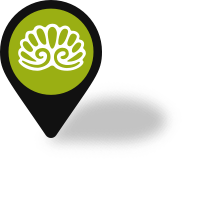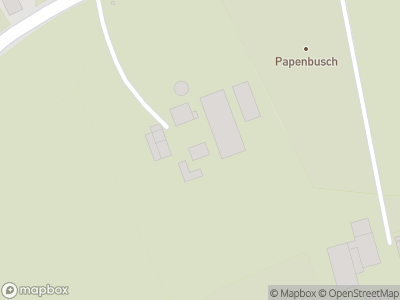In December 1944, a group of Dutch prisoners escaped from the labour camp near the German town of Rees and made it to the village of Megchelen, just over the border in the Netherlands. On 28th March 1945, Megchelen became the first Dutch village to be liberated north of the Rhine River. The fighting had been fierce and the village was left in ruins. This sparked a large-scale rescue operation by the villagers of Megchelen to break out as many of the prisoners from the labour camp as they could, and to take them to safety via the village.
Megchelen’s rescue operation
Dutch prisoners of war were interned at the labour camp in the German town of Rees, for the digging of anti-tank trenches from December 1944 until March 1945. The conditions in the camp were terrible and in the four months that the camp was operational, approximately 330 of the 4000 men died from disease and maltreatment.During this time, a number of the prisoners managed to escape to the nearby village of Megchelen. This sparked the villagers into action and the younger villagers who knew the border region like the back of their hand, led a rescue operation that freed some of the prisoners and brought them back over the border onto Dutch soil. In secret, the village school was turned into a field hospital in order to look after the prisoners, many of whom were in a serious condition.
True heroism
Then, on 12th February 1945, the resistance in Megchelen intercepted a letter that announced the transfer of 300 of the camp’s prisoners to the German town of Wesel. The resistance organised a diversion that managed to shepherd these prisoners into Megchelen with amazing precision. From there, the prisoners were taken to safe houses. In 2010 this act of heroism was finally commemorated with its own memorial.
Liberation of Megchelen
English and Canadian troops reached Megchelen on the morning of 28th March 1945. The German occupiers gave hefty opposition, but by the end of the day the battle had subsided and the occupiers had been driven away. Megchelen was the first Dutch village to be liberated north of the Rhine River. The price of freedom had been high: 52 houses had been completely destroyed, 49 had been damaged and only four houses in the village remained unscathed.














